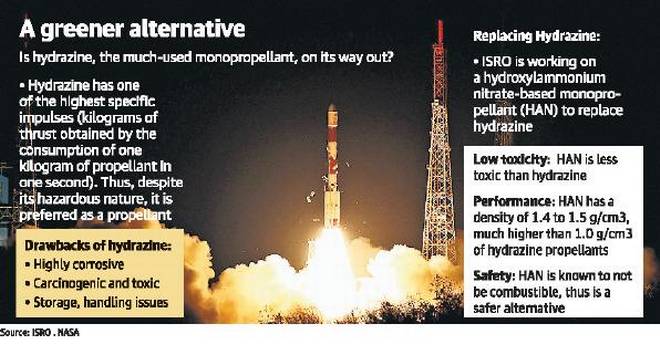7667766266
enquiry@shankarias.in
Development and upgradation of Botanic Garden in Noida
Anandibai Gopalrao Joshi
A green alternative

Petcoke
Sleep Paralysis
Kangara fort
Source: PIB, The Hindu, Business Standard